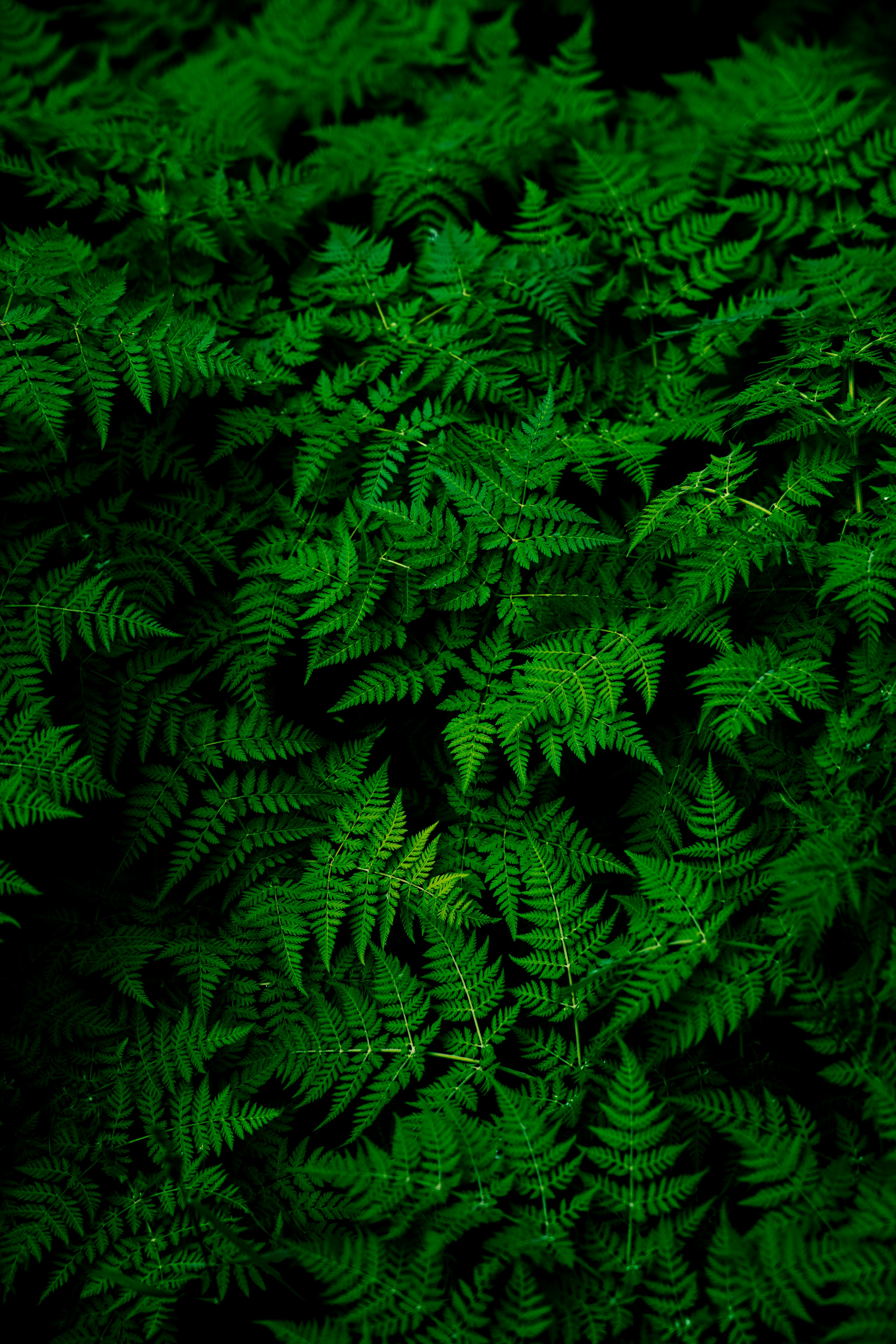For instance, let's take watering for example. A schedule for garden spraying is one of the most important things to have in your gardening plan, and it is often insufficient. When the sunlight beats down the soil and plants, and temperatures rises to over 30 degrees Celsius - you definitely want to get the advantage of some tricks and instead of spending hours on hosing down your garden. The following tips will help keep your plants happy and in good condition even in the hottest of days:
1) If you ask gardening professionals about the best way to water your plants, they may ask you dozens of questions about even more details and in the end, you may find out that the solution doesn't meet your expectations. That's why it is a great idea is to ask the experts directly about the safe-watering methods and options for growing plants in pots. The first one features planting right in PVC pipes, something you can easily use as a part of the garden landscape:
Planting in pipes. It's enough to have PVC pipes with just about 125mm in diameter. Cut and
heat-bend on your taste and desire to form a network of pipes, then cut circular openings inside them where your plants will be. Think of it as one giant network of interconnected pots you will use to your benefit. According to how long your pipes are and the layout of the construction, you can achieve some
awesome masterpieces for your garden layout. The arrangement can be horizontal, as well as in a vertical orientation onto the fence. When the pipes are glued together and the desired frame construction is achieved - start filling the entire network of pipes with soil. Attach the construction of pipes in a way so that there is a source of water nearby the entrance of the construction. In this manner, the soil will absorb just enough water and when the plants grow by themselves - they can cover the holes and the soil, and they can even make the entire frame of pipes almost invisible. Just remember to fill in the pipes with soil before you lay them in the ground.
The next method is planting a pot inside another pot. The inner one should be smaller and therefore it will be entirely covered by the outer pot. Use plastic pots for the inside part of this exercise and make little holes all around the plastic pot for irrigation purposes and the root system of the plants. They should turn into escape holes for the invasive root system of the plant in it, while the outer layer of soil in the outer (larger) pot will become a sufficient source for self-watering for quite some time.
Turning a plastic bottle filled with water right into a big pot with the plant. It's just enough to make a little hole or to scratch the lid of the plastic bottle so only a small amount of water can pass through and soak up into the soil of the pot. By adjusting the size of the hole and choosing the desired size of the plastic bottle, you can make a self-watering solution for your plants that can lasts for more than a month!
If you have a fish aquarium you can use the water for the plants when changing the water of the aquarium. It is just perfect for the plants - rich in nutrients from the fish and kind of more natural-looking water. Not to mention that with a little bit of adjustments and DIY techniques, you can connect a special water transit pipe between the fish aquarium and the near flowers and their pots.
Aimee Howard is blogger and content writer with a flair for gardening,
landscaping and exterior design projects. She likes to share helpful experiences, tips and advises with her readers worldwide. More useful information about garden maintenance find at: website The Gardening Experts For The Best Watering Tricks
